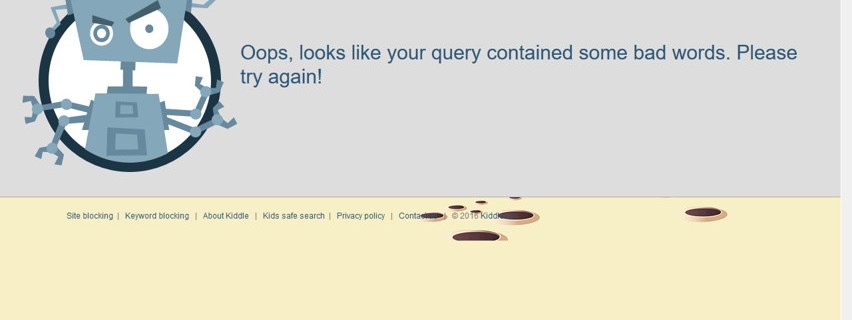Have you ever thought about doing some SEO for your website? If so, here are 7 elements vital for onsite SEO performance of every website.
Start trying with the basics before you go in the deep waters of search engine optimisation.
1. META Title - characters & pixels
Meta title - for the common user this term isn’t familer, so let me put it simplier. Meta title of the page is the text that appears in the search engine result page above the green link. Here is an example:


Typically Google displays the first 50 to 60 characters of the title tag. This is how many characters 512 pixels contain. However, the problem is that sometimes search engines may choose to display a different title - rewritten title to match your brand, user’s search query, or other considerations. Be sure to use keywords and write unique title for each page.
2. META Description - characters & pixels
Meta descriptions are similar to meta titles as they only appear on search engines and are used to display the preview snippets for a given page. In the search engine result page description is the grey text below the result link.


The optimal description length is roughly 155 Characters. As the META title, it’s important to write custom, unique and descriptive copy relevant to what users may expect to find on that specific page.
3. URL - descriptive with sense


URLs should be descriptive too. It’s not only more SEO friendly, but customers are most likely to click on the URL that makes sense than dynamic one or the type “domain.co.uk/page128/glk1452”.
4. Heading tags - follow the rule H1-> H6
There are a few simple rules you should follow when using heading tags. You should have only one H1 on each page H1 should be the first heading tag used on the page You shouldn’t use H3 before using H2 (H4 before H5 and so on) Use headings to summarise the content, not to bold text
5. Images - size, name, alt tag
The three main elements of an image that have SEO impact are: The size of the image - keep the resolution and the quality but try to use optimised images. There are lots of free tools you can use to optimise the size of your png, jpg. The name of the file - use the power of SEO - name the file name. Neither search engines, nor visitors like image file named IMG_2091 - better name it something meaningful.. The alt tag - ok, you optimised it, you named it, now it’s time to give it an alt tag to your image. This is to be shown (or read) when the image can’t be loaded or when accessibility reading software goes through the page. Use a short description of what is on the picture.
6. Alt tags - title of the links, images
As we mentioned, it’s important to use alt tags to explain what is on the images you upload at your website. But it is even more important to di this with your links too. After you put a link to other page, use title=”You go to page X” to explain where that link leads. Visitors will appreciate to know where that link will get them and search engines will give you bonus points to boost your result. Don’t be too spammy, don’t use the same text like the one you use for the link, better use synonym or close word.
7. Favicon - yes you need one
Favicon - this is the little logo that goes it the tab heading when you load a website. It doesn’t have any direct SEO benefits, but there are some indirect benefits and they are as follows:
![]()
![]()
- Bookmarks
- Credibility And Trust
- Brand Recognition
The bottom line is one simple rule, we at Local Fame follow - " Work For People and Robots Will Follow." Don’t put search engine before your customers because at the end of the day it’s the people that bring revenues to your business. Try to make these simple changes and optimise your website by yourself.








